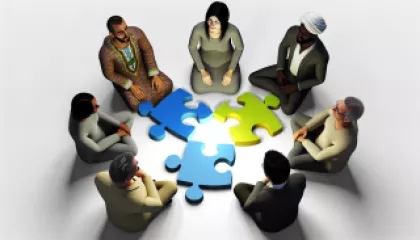Deciphering Our Emotional Weather: A Perspective on Understanding Moods
1 year ago
Understanding Moods
How Can Schools Effectively Prevent Bullying?
1 year ago
Bullying Prevention
Decoding Adult Attachment: A Personal Insight
1 year ago
Understanding Attachment in Adults
The Psychological Impact of a Digital Nomad Lifestyle
1 year ago
Digital Nomad Psychology
Unraveling the Psychology of Belief: Why We Hold Our Convictions
1 year ago
Psychology of Belief
Mastering the Art of Overcoming Resistance: A Comprehensive Guide
1 year ago
Understanding Resistance
Transforming My Connections: A Personal Journey in Social Skills Training
1 year ago
Social Skills Training







